Shechtman, D. et al.
Pauling's model not universally accepted. In: Nature 319 (6049).
New York, NY, MacMillan, 1986. 4to. pp. 102-103 in: Nature 319(6049); x, 78 pp. [numbered 85-162]. Full colour soft cover.
One of the papers that formed part of Dan Shechtman’s (b. 1941) works that led to winning the Nobel Prize for Chemistry (2011) after a heated debate with double Nobel Prize laureate Linus Pauling. “From the day Shechtman published his findings on quasicrystals in 1984 to the day Linus Pauling died (1994), Shechtman experienced hostility from him toward the non-periodic interpretation. ‘For a long time it was me against the world,’ he said. ‘I was a subject of ridicule and lectures about the basics of crystallography. The leader of the opposition to my findings was the two-time Nobel Laureate Linus Pauling, the idol of the American Chemical Society and one of the most famous scientists in the world. For years, ’til his last day, he fought against quasi-periodicity in crystals. He was wrong, and after a while, I enjoyed every moment of this scientific battle, knowing that he was wrong.’ Linus Pauling is noted saying ‘There is no such thing as quasicrystals, only quasi-scientists.’ Pauling was apparently unaware of a paper in 1981 by H. Kleinert and K. Maki which had pointed out the possibility of a non-periodic Icosahedral Phase in quasicrystals. The head of Shechtman’s research group told him to ‘go back and read the textbook’ and a couple of days later ‘asked him to leave for “bringing disgrace” on the team.’ Shechtman felt rejected. On publication of his paper, other scientists began to confirm and accept empirical findings of the existence of quasicrystals. The Nobel Committee at the Royal Swedish Academy of Sciences said that ‘his discovery was extremely controversial,’ but that his work ‘eventually forced scientists to reconsider their conception of the very nature of matter.’ Through Shechtman’s discovery, several other groups were able to form similar quasicrystals, finding these materials to have low thermal and electrical conductivity, while possessing high structural stability. Quasicrystals have also been found naturally” (Wikipedia). A very good, clean copy.
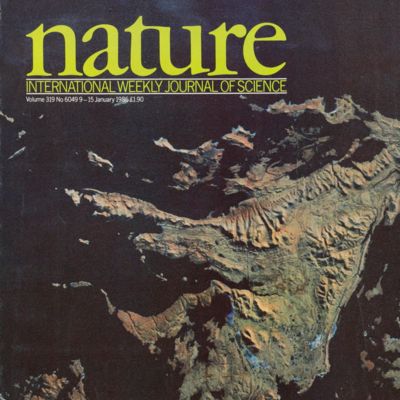


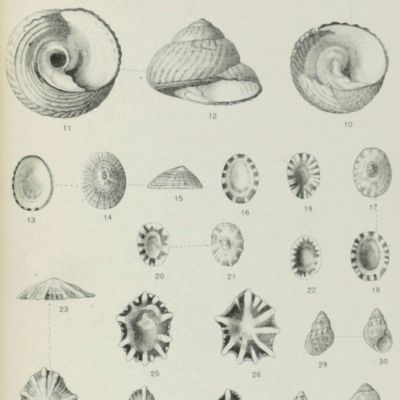
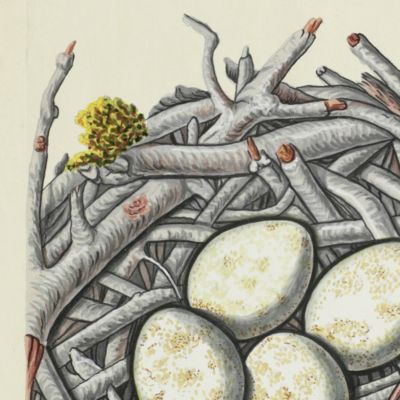
![image for [Boerendorpje - Country village] Original print, with the use of a secret printing process.](https://schierenberg.nl/media/cache/product_thumb/71394/71394_x.jpg)
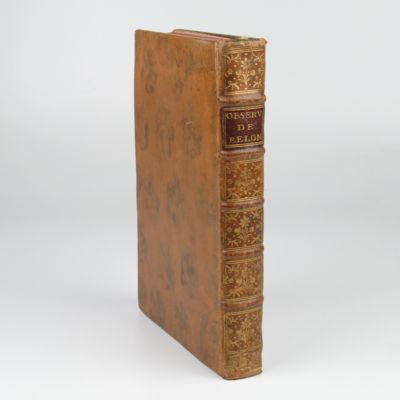

![image for Almorah jay. <em>Garrulus vigorsii</em>. [J. E. Gray's <em>Illustrations of Indian Zoology</em>, plate 22].](https://schierenberg.nl/media/cache/product_thumb/74039/74039_x.jpg)
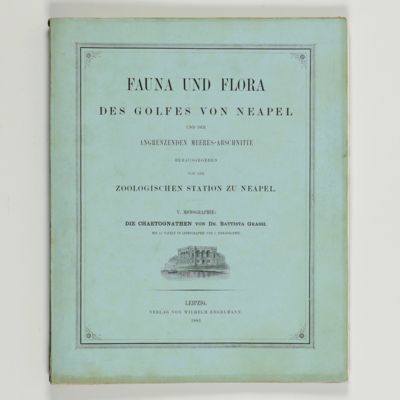
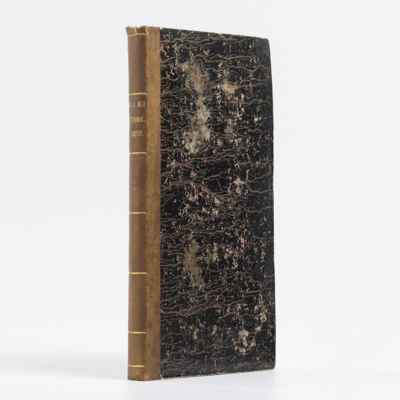
![image for Over het hart der Krokodillen en de geschiedenis onzer kennis van hetzelve [AND] Over een nieuw kenmerk om het geslacht <em>Libellula</em> van <em>Aeshna</em> te onderscheiden [AND] Eenige berigten aangaande Gottfried Reinhold Treviranus [AND] Systematische beschrijving van eenige insekten van Noord-Nederland [AND] Over het getal der luchtgaten (Stigmata) by Scolopendra [AND] Over het vleugelhaakje bij de avond- en nachtvlinders (Lepidoptera crepuscularia et nocturna).](https://schierenberg.nl/media/cache/product_thumb/26885/26885_x.jpg)

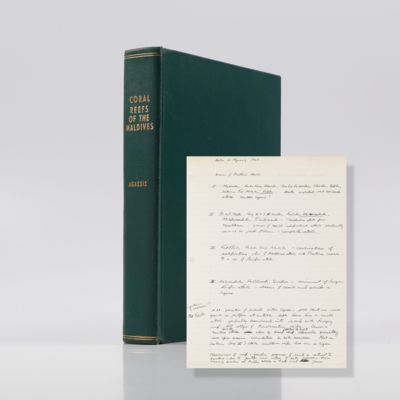
![image for The compleatest angling booke that euer was writ, beingdone out of ye Hebrewe and other Tongves, by a person of honor. Adorn'd with scvlptvres. [One of two known original coloured copies].](https://schierenberg.nl/media/cache/product_thumb/70613/70613.jpg)
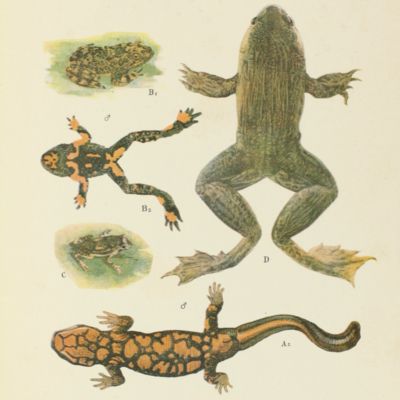
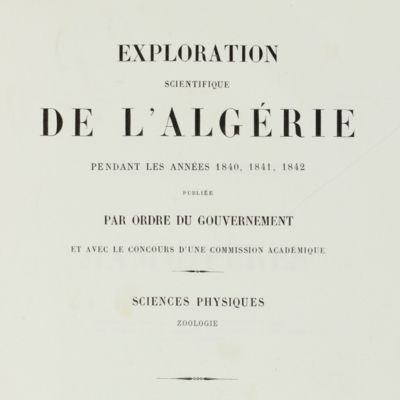
![image for Natural history of Victoria. Prodromus of the zoology of Victoria; figures and descriptions of the living species of all classes of the Victorian indigenous animals. Decade XX. [Complete Decade].](https://schierenberg.nl/media/cache/product_thumb/72797/72797_x.jpg)
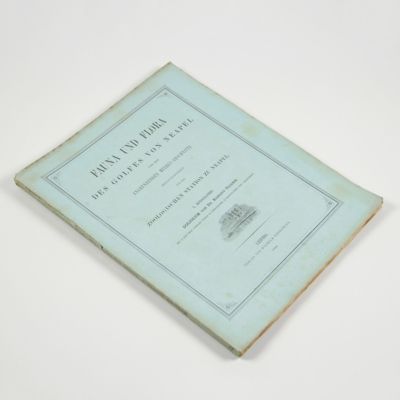
![image for Catalogo delle conchiglie componenti la collezione Rigacci. Parte prima. Conchiglie viventi. [AND] Necrologia di Giovanni Rigacci.](https://schierenberg.nl/media/cache/product_thumb/75087/75087_x.jpg)



